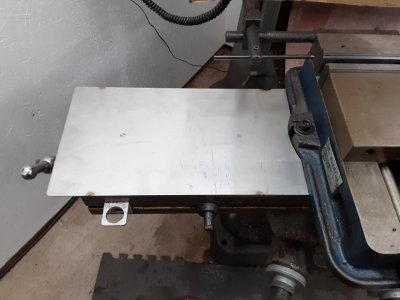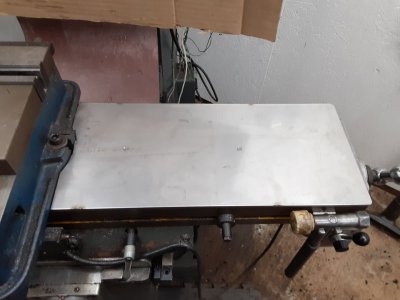- Joined
- Jan 20, 2018
- Messages
- 5,621
Since I got my mill 3 years ago, I've been using this table stop. It works fine, but it's inconvenient to position and always seems to be in the way.
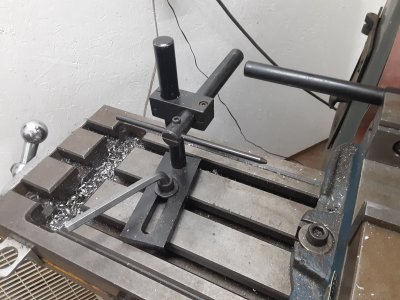
I finally decided it was time to make the vise mount.
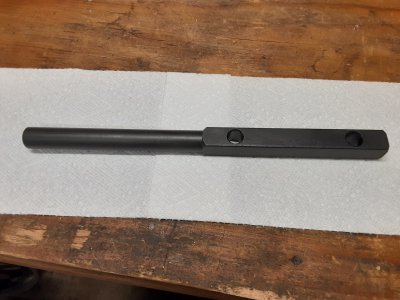
I would have preferred 7/8 CR square, but all I had was 3/4 HR. So be it.
1.5 hours machining, overnight soak in vinegar to remove the HR scale and 3 hours to black oxide.
I really have to improve the black oxide process, but the results are getting much better.
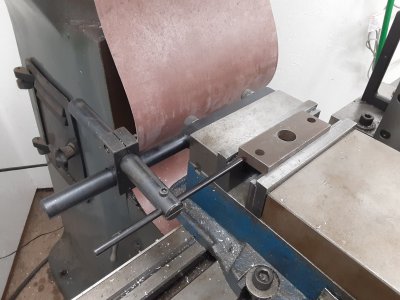
Easy to adjust and flips out of the way when not needed.

I finally decided it was time to make the vise mount.

I would have preferred 7/8 CR square, but all I had was 3/4 HR. So be it.
1.5 hours machining, overnight soak in vinegar to remove the HR scale and 3 hours to black oxide.
I really have to improve the black oxide process, but the results are getting much better.

Easy to adjust and flips out of the way when not needed.



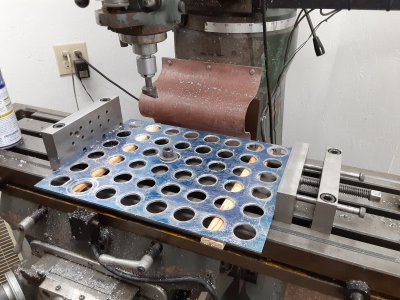
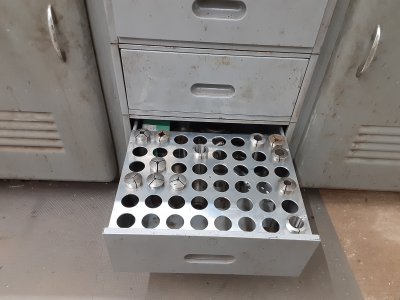
![20210807_173706[1].jpg](/data/attachments/331/331892-55d9fed80970dfbcbadd50315871a3a5.jpg)
